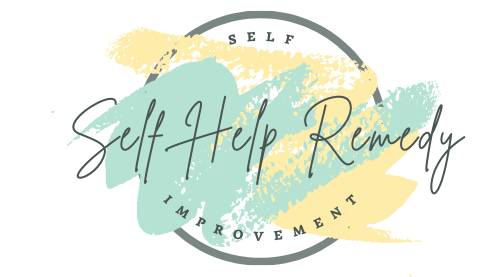What To Do For Panic Or Anxiety Attacks
If you have ever experienced a sudden, intense surge of fear that comes without warning and without any apparent reason, you might have encountered a panic or anxiety attack. It is critical to understand what these terms really mean in the context of your health and wellbeing.
Panic attacks usually start abruptly and peak within a few minutes. Symptoms can include a racing heartbeat, sweating, shaking, shortness of breath, and even a feeling of doom. Anxiety attacks, on the other hand, often build more slowly as a response to a perceived stressor and might not feel as intense.
Both types of attacks have a basis in human physiology. Your body’s fight or flight response kicks in, flooding you with stress hormones like adrenaline. This natural reaction can, unfortunately, spiral into an overwhelming and consuming feeling of fear when there is no real danger present.
In the moment, it can feel incredibly isolating, yet remember, you are not alone and there are steps you can take to manage these feelings. Acceptance is a crucial first move. Brushing off these episodes or telling yourself you should not feel this way can prolong the attack and may heighten your distress.
Moving to the next section, I will share practical advice, with an emphasis on actionable steps, that can help you regain control during these anxiety-ridden moments. The focus is on grounding yourself in the present and finding immediate relief through established techniques.
Immediate Steps to Take During a Panic or Anxiety Attack
When panic or anxiety grips you, it feels like the world is closing in. It is important to remember that what you are experiencing, while intensely unpleasant, is temporary and manageable. Here are some actions you can take to alleviate the symptoms of a panic or anxiety attack right as it is happening.
Controlled breathing is one effective tool. Short, shallow breaths often accompany panic attacks, so consciously taking slow, deep breaths can help calm your nervous system. I recommend the ‘4-7-8’ technique: inhale for 4 seconds, hold the breath for 7 seconds, and exhale slowly for 8 seconds. Repeat this until you feel your heartbeat slowing down.
Grounding exercises can bring your focus back to the present when your thoughts are spiraling. Identify and name five things you can see, four things you can touch, three things you can hear, two things you can smell, and one thing you can taste. This sensory checklist undulates your brain’s attention back to your surroundings and away from internal panic.
Creating a space that feels safe is crucial. If possible, step away from the environment that may have triggered the panic attack. Find a quiet place where you can sit or lie down comfortably. Sometimes a change of scenery is all it takes to start feeling grounded again.
Do not hesitate to reach out for support. Calling a trusted friend, family member, or a professional can provide immediate comfort. They can help remind you that this is just a panic attack and that it will pass.
Positive self-talk and affirmations can be powerful. Tell yourself that you are in control, that you are safe, and that this will pass. Affirmations should be personal, believable, and stated in the present tense, like ‘I am calm and in control.’
Remember: you have gotten through panic attacks before, and you will get through this one too. Taking these steps can help navigate the attack of panic and come out on the other side with a calm mind and a steady heart.
Long-Term Management and Prevention Strategies
Dealing with panic and anxiety is not just about handling an episode in the moment. It is about making ongoing lifestyle changes that can reduce the frequency and severity of panic attacks over time. Here are some strategies for the long haul.
Adjust your diet to include a balance of nutrients, and consider reducing intake of caffeine and alcohol, which can exacerbate anxiety. Regular exercise can also play a key role, as it releases endorphins that naturally combat stress.
Prioritize sleep hygiene by setting a consistent bedtime, creating a comfortable sleep environment, and avoiding screens (Cell phones, TV) an hour before bed. Adequate rest can significantly affect your resilience to stress.
Incorporate relaxation techniques into your daily routine. Practices like meditation, yoga, and deep-breathing exercises can help maintain a calm state of mind and diffuses stress.
Seeking regular therapy can provide a safe space to explore the underlying causes of your anxiety and develop coping mechanisms. For some, medication may be a helpful complement to therapy under a doctor’s guidance.
Involve your loved ones in your journey by sharing what you are going through, which can lead to a stronger support system. Educate them on how they can assist you during difficult times.
Lastly, having a written action plan can be empowering and provide a sense of control. It should include recognized triggers, symptoms, and a list of strategies that have been effective in the past. Sharing this plan with your support network can ensure everyone knows how to best assist you in the moment.


